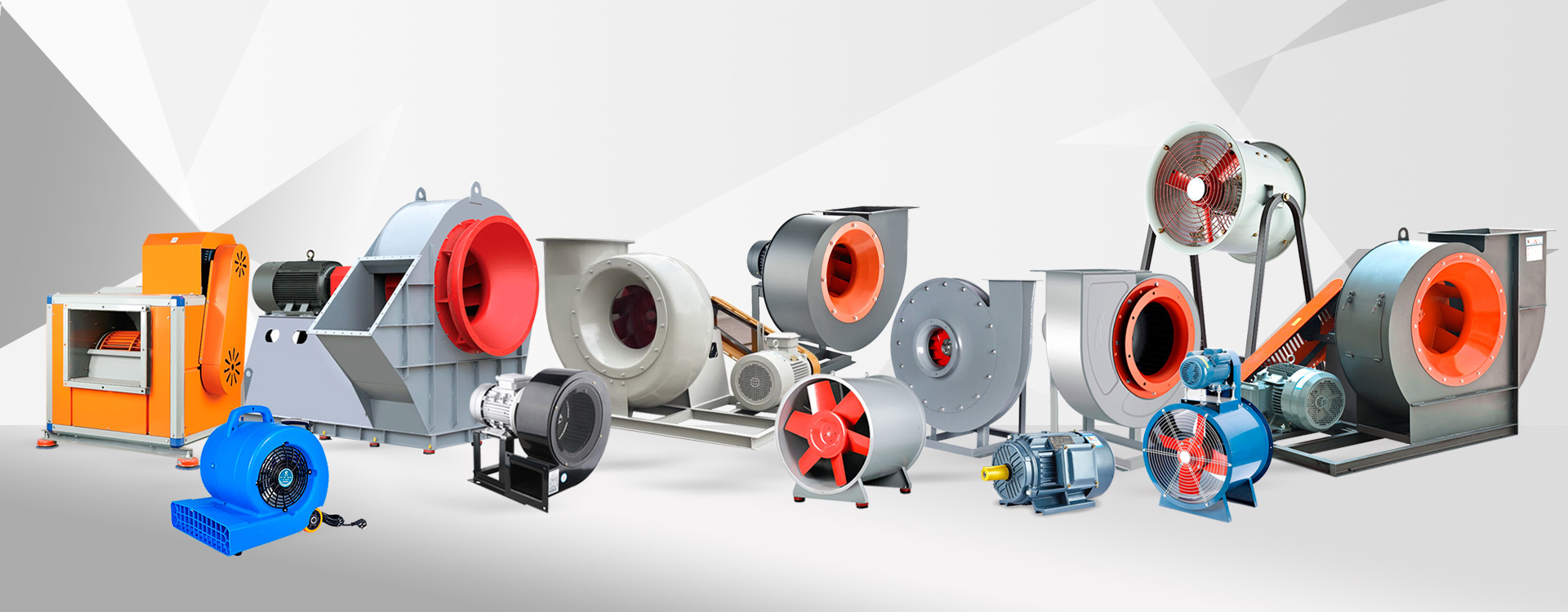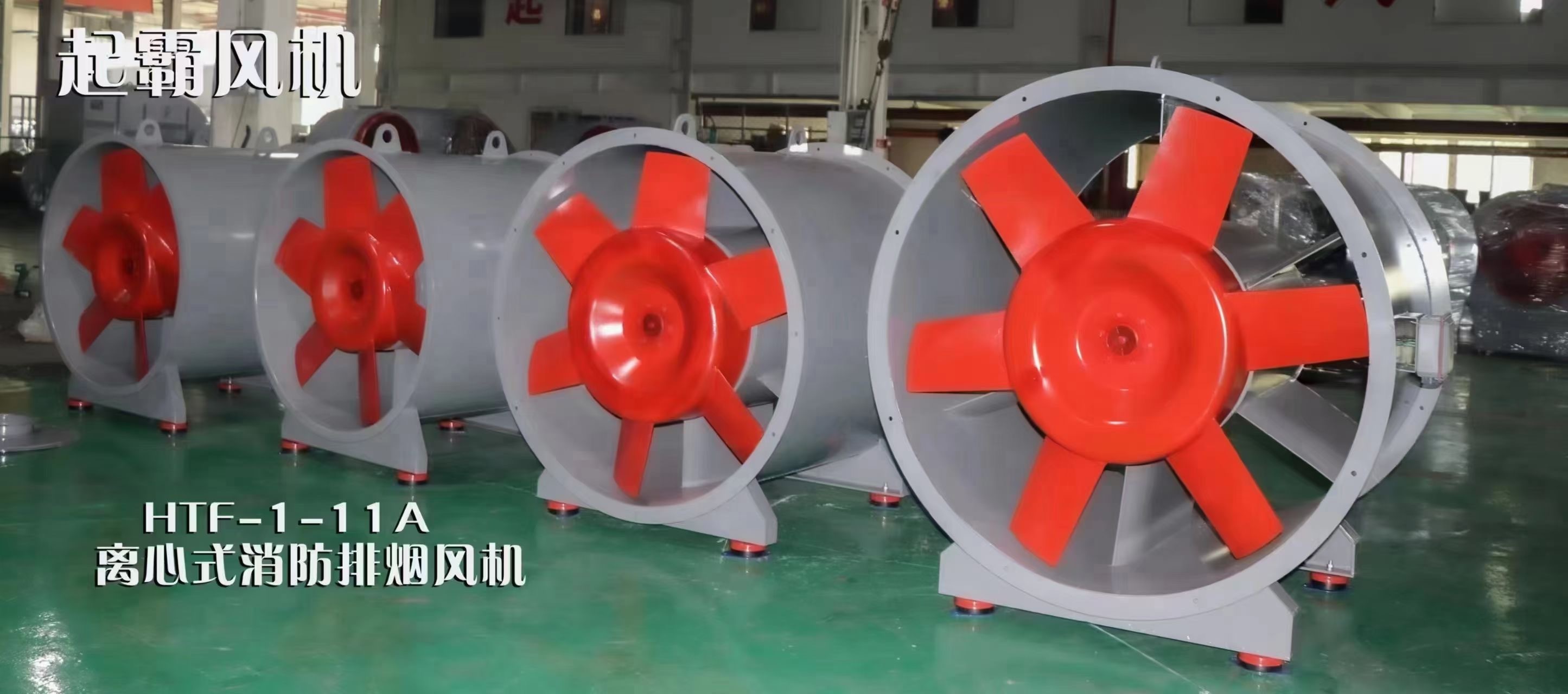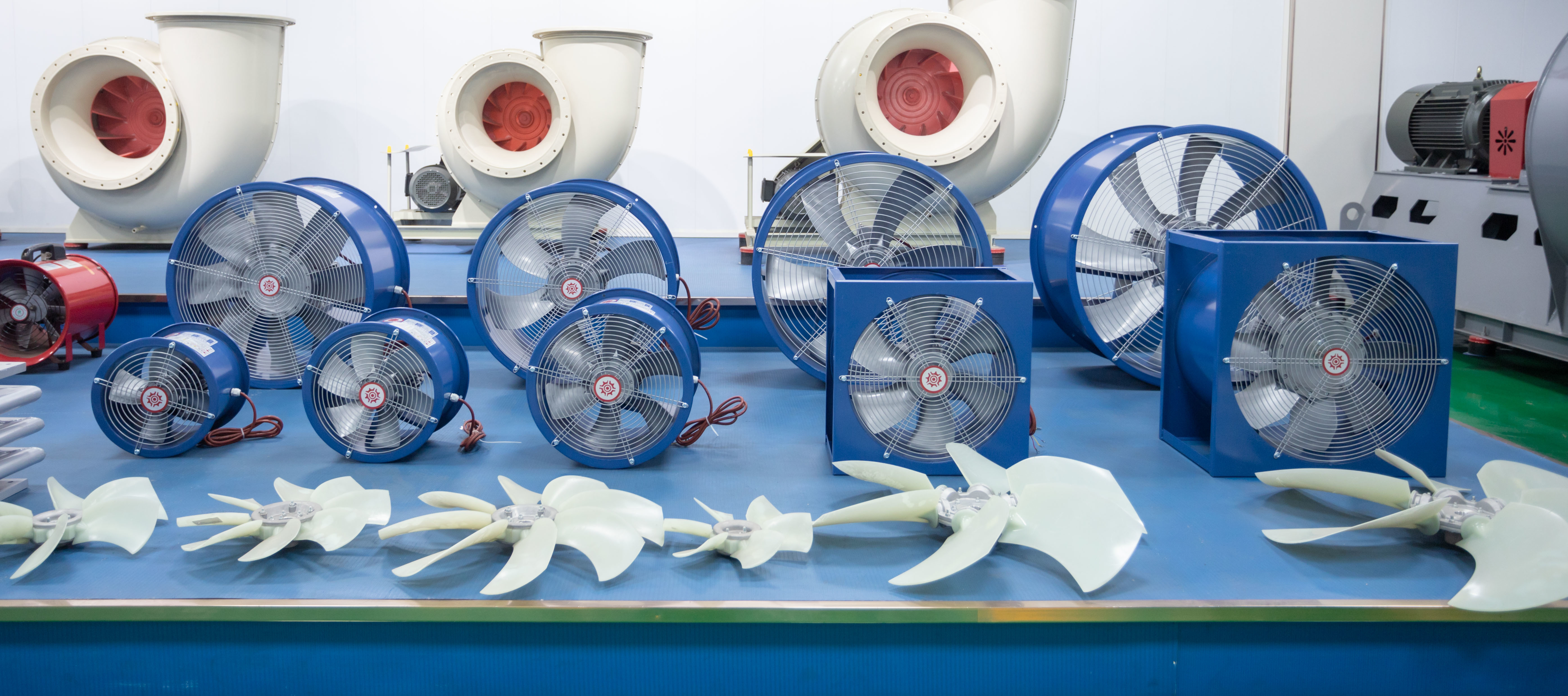Anti corrosion fan installation precautions revealed!
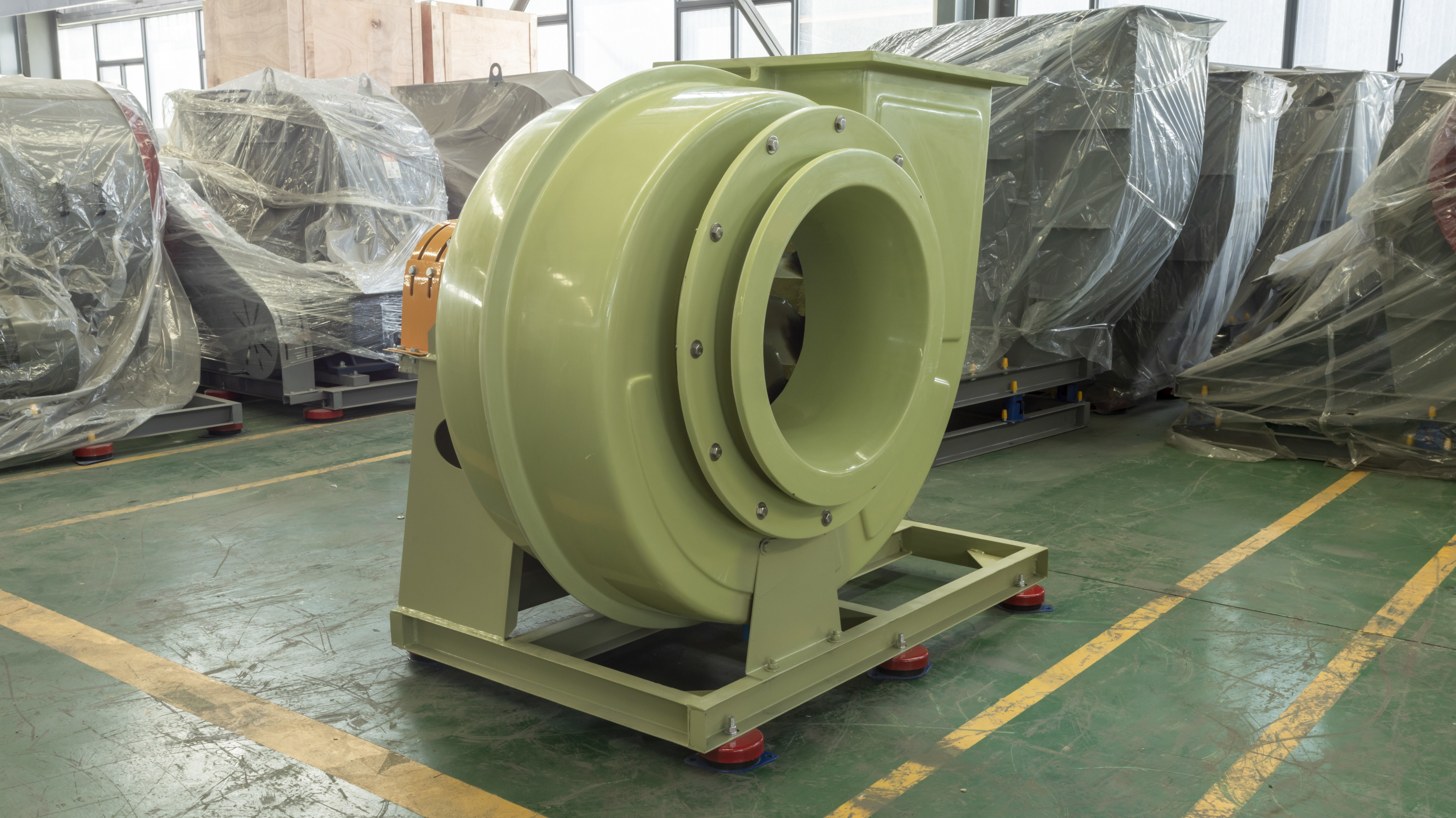
In today's industrial and commercial settings, the importance of maintaining equipment longevity cannot be overstated. One critical piece of equipment that often faces the brunt of corrosive environments is the fan. Anti-corrosion fans are designed to withstand harsh conditions, but their effectiveness largely depends on proper installation. This article will delve into essential precautions to take when installing anti-corrosion fans, ensuring optimal performance and durability.
Understanding the Importance of Anti-Corrosion Fans
Before diving into installation precautions, it's crucial to understand why anti-corrosion fans are necessary. These fans are specifically designed to operate in environments where moisture, chemicals, and other corrosive elements are prevalent. Common applications include chemical plants, wastewater treatment facilities, and marine environments. By utilizing anti-corrosion fans, businesses can avoid frequent replacements and costly downtime, ultimately leading to improved efficiency and reduced operational costs.
Choosing the Right Location for Installation
The first step in ensuring the longevity of your anti-corrosion fan is selecting the right installation location. Factors such as humidity, exposure to corrosive substances, and airflow requirements should be considered.
1. Avoid Direct Exposure: Position the fan away from direct exposure to corrosive agents. For instance, if the fan is being installed in a chemical plant, it should be placed in a location that minimizes contact with spills or vapor releases.
2. Ensure Adequate Ventilation: Proper ventilation is vital. Ensure that the fan is installed in a location where it can operate efficiently without being obstructed by walls or other equipment. This helps in maintaining optimal airflow and reducing the risk of overheating.
3. Consider Accessibility: Installation and maintenance should be straightforward. Choose a location that allows easy access for routine checks and repairs, as this will encourage regular maintenance, further extending the fan's lifespan.
Preparing the Installation Site
Once the location is determined, it’s time to prepare the installation site. Proper preparation can significantly impact the fan's performance.
1. Clean the Area: Ensure that the installation area is clean and free of debris. Dust and contaminants can hinder the fan's efficiency and lead to corrosion over time.
2. Check Structural Integrity: The mounting surface must be strong enough to support the weight of the fan. Inspect the structural integrity of the mounting area, ensuring it can handle vibrations and any dynamic forces generated during operation.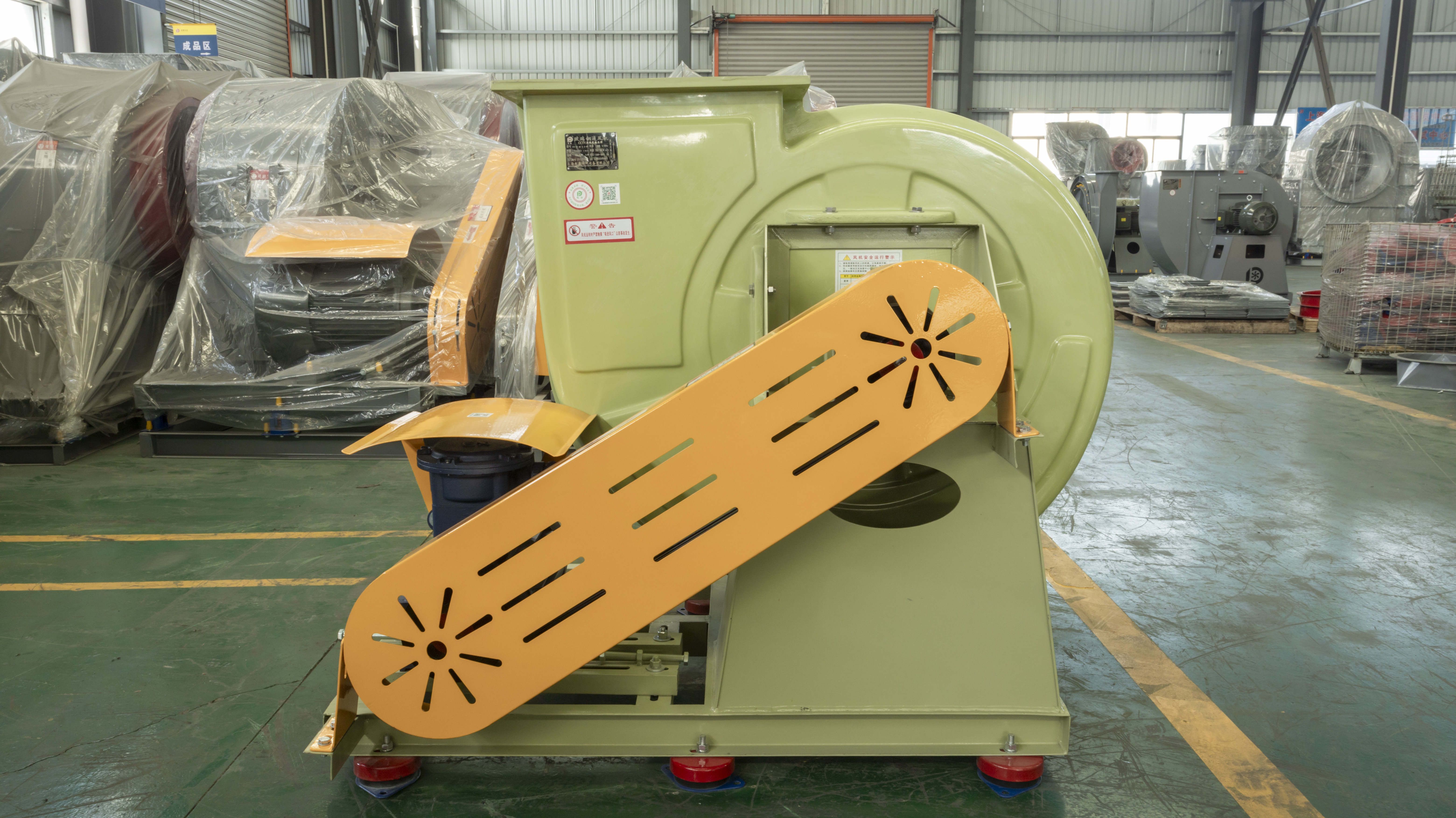
3. Install Protective Barriers: In environments with high levels of corrosive substances, consider installing protective barriers or enclosures around the fan. This adds an extra layer of protection against potential damage.
Following Manufacturer Guidelines
Every anti-corrosion fan comes with a manufacturer’s manual that outlines specific installation instructions and precautions. Following these guidelines is crucial for ensuring the fan operates correctly and safely.
1. Use Recommended Fasteners: Ensure that the fasteners used for installation are corrosion-resistant and compatible with the fan’s material. Stainless steel or other suitable materials are often recommended.
2. Electrical Connections: Pay close attention to the electrical connections. Ensure that all wiring is properly insulated and protected from moisture. Using waterproof connectors can prevent short circuits and enhance safety.
3. Balance the Fan: Properly balancing the fan during installation is vital to prevent excessive vibrations. Unbalanced fans can lead to increased wear and tear, resulting in premature failure.
Regular Maintenance and Inspections
Installation is just the beginning. Regular maintenance and inspections are critical to ensuring the long-term performance of anti-corrosion fans.
1. Schedule Routine Checks: Establish a maintenance schedule that includes routine checks for signs of corrosion, wear, or damage. Early detection of issues can prevent costly repairs down the line.
2. Clean the Fan Regularly: Dust and debris can accumulate on the fan blades, affecting performance. Regular cleaning will help maintain efficiency and prolong the fan’s life.
3. Lubricate Moving Parts: Ensure that all moving parts are adequately lubricated according to the manufacturer's recommendations. Proper lubrication reduces friction and wear, enhancing performance.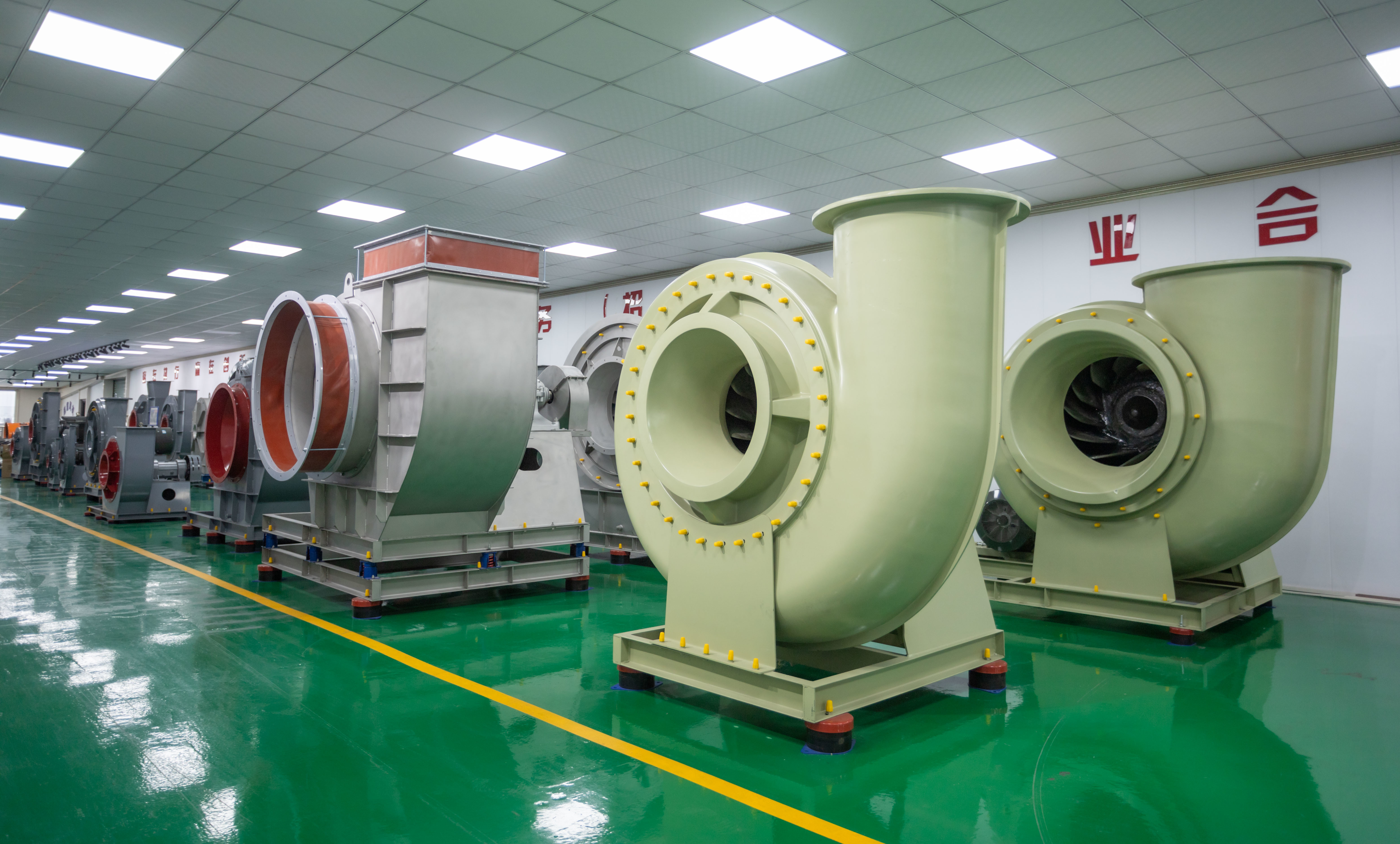
Conclusion
Installing an anti-corrosion fan requires careful planning and execution. By choosing the right location, preparing the installation site, following manufacturer guidelines, and committing to regular maintenance, businesses can significantly enhance the durability and efficiency of their fans. In corrosive environments, taking these precautions is not just advisable; it is essential for the longevity of the equipment and the overall success of the operations. Investing time and resources in proper installation practices will yield substantial returns in the form of reduced downtime and increased productivity. Remember, a well-installed anti-corrosion fan is a cornerstone of a reliable and efficient operation.
Tag:
Next Page
Next page:


